What Acrylic Colors Make Brown?


Welcome to our comprehensive guide on creating beautiful brown tones using acrylic colors. Whether you’re an aspiring artist just starting your creative journey or an experienced painter looking to enhance your skills, understanding the art of color mixing and manipulation is crucial for achieving the desired shades in your artwork. In this article, we will delve into various techniques and share valuable tips to assist you in creating stunning brown tones with acrylic paints. From understanding color theory and the role of primary and complementary colors to exploring the use of tints and shades, we will provide you with a step-by-step approach to achieve a wide range of rich and nuanced browns. Get ready to unlock the full potential of acrylic colors and elevate your artwork to new heights.
I. Mixing Primary Colors to Create Brown

Brown is frequently produced by combining complementary colors on the color wheel. By utilizing primary colors like red, blue, and yellow, an equal quantity of each can be mixed to generate brown. For instance, blending equal parts of red, blue, and yellow paint will yield a basic brown hue. However, it’s essential to modify the color ratio to achieve the desired shade of brown. Experimentation with various proportions allows for the exploration of lighter or darker variations of brown. Ensure thorough mixing of the colors to obtain a consistent blend. By employing this approach, artists can create a wide range of brown tones using primary colors in their acrylic paintings.
II. Using Complementary Colors to Make Brown
Complementary colors are color pairs that are opposite on the color wheel. Different shades of brown can be created by combining complementary colors. The complementary color of blue is orange, the complementary color of red is green, and the complementary color of yellow is purple. Mix these complementary colors in appropriate ratios to make brown, adding more of one color to achieve different undertones in your brown mixture.
III. Adding Tints and Shades to Brown
Incorporating tints and shades of brown into your artwork can help to add depth and dimension. Tints are created by blending white and brown, resulting in lighter brown variations. Shades, on the other hand, are created by combining black or a darker color with brown, resulting in deeper and more intense shades. By experimenting with different amounts of white or black, you can produce a wide range of tints and shades that correspond to your artistic vision. This enables you to create nuanced and captivating brown tones, which improves the overall visual impact of your acrylic paintings. Allow your imagination to run wild as you experiment with tints and shades in your brown color palette.
IV. Tips for Achieving Desired Brown Shades
Here are some helpful tips to achieve your desired brown shades:
- Begin with small amounts of paint and gradually add more as needed. This allows for better control over the color intensity and helps you avoid overmixing.
- Thoroughly mix the colors together to ensure a smooth and consistent blend. This eliminates any streaks or uneven patches in your brown mixture.
- Keep track of the ratios and colors used to achieve specific shades. By noting down the proportions, you can easily reproduce the same brown in future projects.
- Use a clean palette and brushes when mixing colors. Any leftover traces of previous colors can unintentionally alter the desired brown shade, so it’s important to maintain a clean working environment.
- Consider the color temperature of your browns. Mixing more warm colors, like red, will result in warmer brown tones. Conversely, incorporating more cool colors, such as blue, will produce cooler brown shades. Be mindful of this when selecting your color palette.
By following these tips, you can confidently create and customize a range of beautiful brown shades in your acrylic paintings.
Conclusion
Learning to create brown with acrylic colors opens up a world of possibilities in your artwork. You can achieve a wide range of beautiful and nuanced browns by understanding color theory, experimenting with primary and complementary colors, and adding tints and shades. Remember to experiment, practice, and have fun with your color mixing journey. Have fun painting!
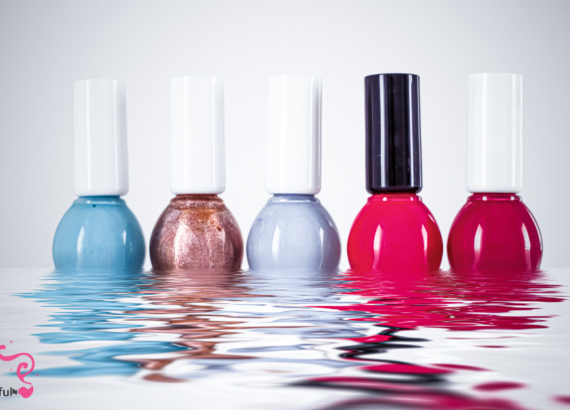

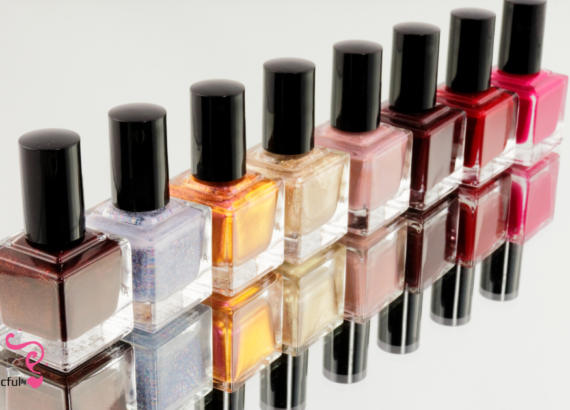
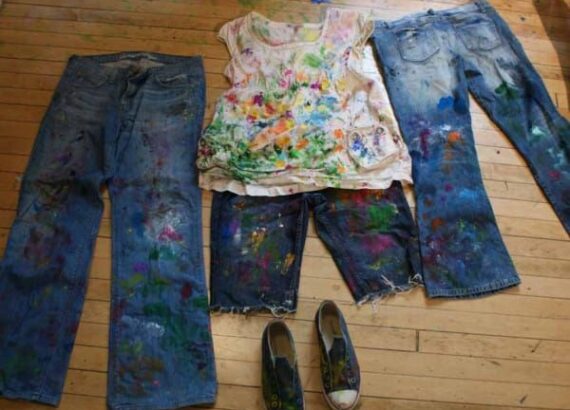
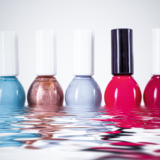
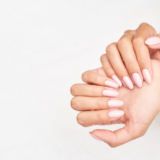



Comments
Trackbacks & Pingbacks
[…] Umber: Perfect for adding depth and shadows to […]